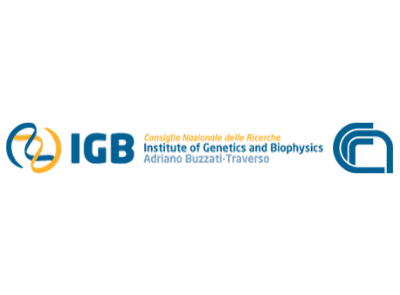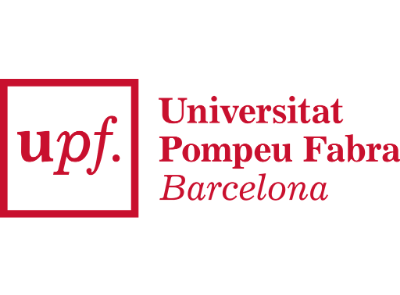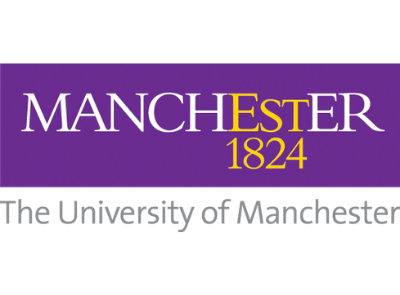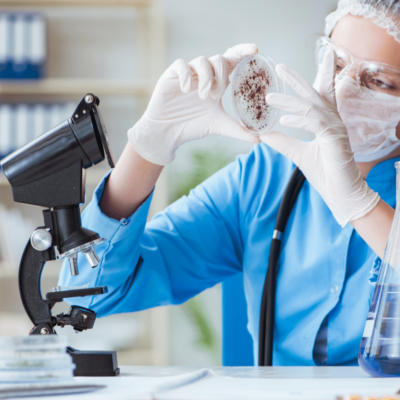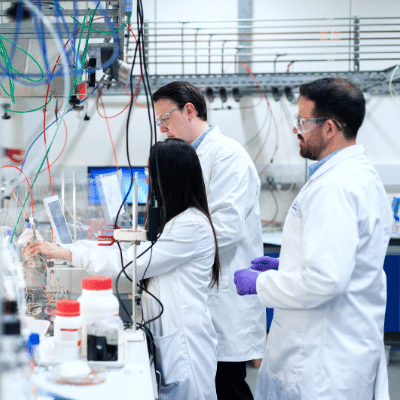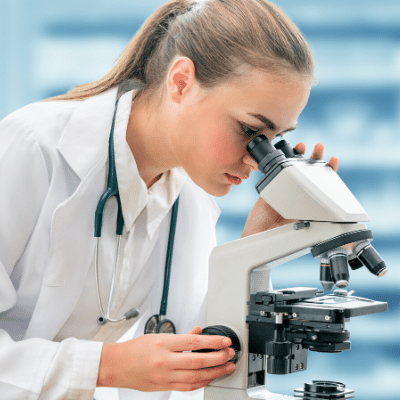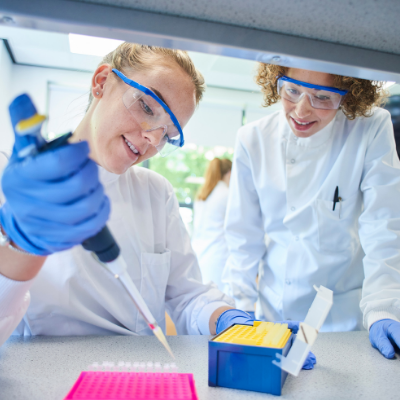ESR10
Microfluidic bioreactor for high control over fluid and reagent delivery.

I received my Masters of Biomedical Engineering (MEng) from the University of Strathclyde in Glasgow, Scotland. During this time I studied a broad range of engineering and biomedical concepts, from electronics design to immunology. My academic projects included developing electrochemical biosensors and microfluidic devices for cell culture.
On graduating in June 2020 I undertook an internship at MIMETAS Organ-On-A-Chip company in Leiden, The Netherlands. I was a member of the Hardware R&D department developing and testing microfluidic prototypes.
It was this experience in microfluidics which led me to join Eden Tech in Paris as ESR10 within the Renoir consortium. I will be enrolled in the PhD program in Translational and Molecular Medicine (DIMET) at the
University of Milano-Bicocca. My project focuses on the design of a bioreactor with controlled circulation of fluid, with the aim to culture and stimulate muscle cells. This model will allow us to assess the effects of cell/cell interactions.
Eden Tech
France
Partner Profile
 EDEN Tech
EDEN Tech
Eden Tech is a new start-up in Paris, member of the NBIC Valley consortium, on advanced polymers solutions and low-cost and ultra-compact microfabrication systems for microfluidics.
The NBIC Valley is a SME consortium specialized in microfluidics that supports each other through facility sharing, administrative support, and general mentoring. The NBIC valley includes a wide range of entities, including Black Hole Labs, Elvesys, Darwin Microfluidics and 4D cell.
The IP-protected technology of Eden Microfluidics stems from a decade of research on nanoblocks chemistry and polymer formulation for microfluidic applications.
Research-wise, EM develops materials for demanding applications, such as fluoro-elastomers for organ-on-chip and complex liquids (oils, corrosives solutions). It also develops simple, low-cost and easy to use microfabrication units that can be deployed in every lab to almost any public. Our vision is to spread microfluidics beyond its current niches, with compact, plug-and-play systems and versatile polymers. Within this context, we welcome researchers of all fields to train them in microfluidics in a dynamic entrepreneurship environment.
The ESR will be enrolled in the Ph.D. Programme in Translational and Molecular Medicine (DIMET), University of Milano Bicocca (www.dimet.org)
Website
Topic
Several studies support the emerging concept that inflammation controls stem cell fate/behaviour coordinating tissue repair and this balance is probably skewed in patients with late phases of chronic diseases, like muscle dystrophies and in aging. We will focus on how the inflammatory, myogenic and vascular components integrate to coordinate muscle regeneration and how fibrosis develops in pathological conditions.
This will allow the identification of critical cell mediators and key factors produced by them that could be exploited in the cell and pharmacological therapy of muscle diseases.
We will use microfluidic devices to control and modulate the cellular environment with the ultimate goal to reconstruct the muscle niche in vitro.
Crucial technologies that will be used and developed are microfluidic devices to control the cellular environment. Taking advantages of EDEN material technology and expertise, the microfluidic device will be made using the most suited material (Flexdym, PDMS, PMMA,…) for the targeted applications and features.
Objectives
To create a bioreactor with circulating fluid for culture and stimulation of cells
To develop a network of bioreactor for indirect culture of cells to assess the effects of cell/cell interaction
PHD Program
Ph.D. Programme in Translational and Molecular Medicine (DIMET),
University of Milano Bicocca
RENOIR
ESR
COUNTRIES
YEARS
MEMBERS

